The Article
C588 Belt-Driven Turntable From NAD
14th June 2019
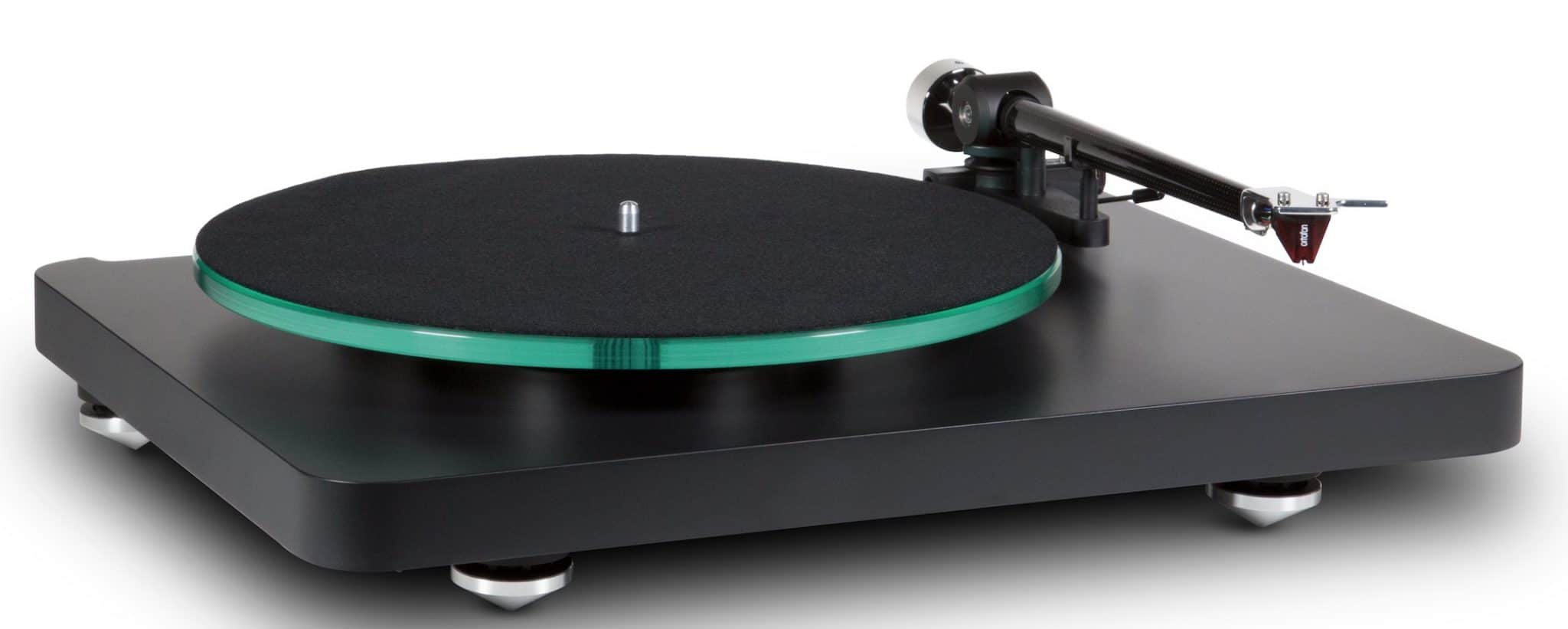
Placed within the upper end of the budget price bracket, Paul Rigby reviews this twin-speed turntable
NAD is surprising us – well surprising me, at any rate – with its intriguing turntable releases. NAD isn’t a turntable creator per se but, in general terms, puts its designs together with the help of specialist turntable outfit, Pro-Ject. That said, it’s not what parts that NAD uses to create its turntables, it’s how NAD puts them together. That is the interesting bit and that’s why the C588 catches the eye and ear.
Before we get to those specific details, let’s have a tour of this twin-speed, belt-driven deck to see how the land lies.
Firstly, the C588 is run via an electronic, synchronous speed control. To achieve this, NAD handles speed control in exactly the same way that Gold Note does on the more expensive Valore 425 Plus. That is, AC power is drawn into the turntable, it’s then converted to DC and then back to AC which apparently improves performance by lowering noise. Lowering noise seems to be a bit of a thing because the deck also reportedly uses a “specially formulated belt” to minimise vibration.
I asked NAD what this meant and the company’s Chief Technology Officer, Greg Stidsen replied with, “It is a synthetic rubber belt with specified characteristics, both for the material and for the mechanical dimensions. So, like every aspect of the C588, the belt is an engineered part. We want a belt that can isolate motor vibration, accurately transfer the motor’s torque to the platter, and do both of those things for a very long time.”
The platter is glass. Rega Planar 3 users will be familiar with this one. It works fine for Rega but I still hate the thing because if you connected it to your door bell, you could hear it ringing a mile and a half away. Rega damps its platter with a felt mat and NAD does the same.
It’s great to see a substantial MDF plinth on this turntable. This helps dissuade noise from doing its dirty work but it also aids lower frequency response. A dust cover is also included.
It wasn’t long ago that I reviewed NAD’s C558 (NAD flatters to confuse. C558? C588? Why couldn’t NAD have attached names to these turntables, eh?) and I noticed then that many of the parts were derived from Pro-Ject (see the C558 review for more information on that). For the C558, NAD chose well. Very well in fact, to produce a unique turntable with a great sonic quality to boot. This C588 is actually very similar. In fact, it is almost exactly the same. But there is one big difference: the tonearm. That’s where the cash has been spent and that’s the reason you’re being asked to spend more for this C588. The tonearm is based on a 9” carbon fibre-covered tube. Off the end of that is an Ortofon 2M Red.
Actually, let me be more specific than that. It’s not even the entire tonearm we’re talking about here. It’s the arm tube and the headshell. Oh, and the feet, I reckon. Which help of course. But, with apologies to the feet which I’m sure enhance the sound too, that new arm tube and headshell is the very heart and soul of the C588. That’s the core of this enhanced design. An intriguing choice and an interesting combination. We’ll come back to that duo later.
SOUND QUALITY
I started with Mike Oldfield and his Platinum (Virgin) LP from 1979. His first song-based, non-soundscape-like LP that slightly shocked many fans of the time, this under-rated album offers some beautifully melodic moments. I played Into the Wonderland (which replaced Sally on later pressings of the LP, although my sleeve still incorrectly states the song is Sally), featuring vocals by Wendy Roberts.
What I liked about the C588 was the turntable’s tonal balance. That is, bass was a strong – although never too dominant – part of the general soundstage and its addition gave the track a well-rounded flavour.
It’s easy for turntables at this price point to do one thing well. Hence, the RPM3 from Pro-Ject likes to focus more on the upper frequencies. Turntables from Thorens at this price point prefer to emphasise the lower frequencies. There are not many designs around this price tag that get the tonal balance right. Funk Firm’s Gett! is one that does spring to mind.
The NAD C588 is also one of the few successful designs that achieve this worthy position and it’s a bit of a shock, I have to say. NAD isn’t a turntable specialist. You can see that by the parts it’s used to build the thing. That said, there is obvious design talent in the company and it has been utilised to some success to properly voice this deck. And good on the team, I say. They’ve done a grand job.
The bass tonality is aided by the solid plinth, the rigidity of the tonearm and the headshell. The plinth does aid bass but the lowering of intrusive and veiling noise is more related to that tonearm. Once again, the superior sound quality (or otherwise) of a turntable priced at under £1,000 pivots around the basic design of the tonearm. So little credit is given to tonearms but they really are critical pieces of kit. This is why Rega does so well in the budget realm. Because it designs and produces a good quality tonearm, it’s the core of its sound. The NAD 588 relies upon its tonearm to provide low noise and midrange clarity. The clarity is a significant part of all that’s good about the C588. The vocal diction was enhanced because of that self-same tonearm design. My reference was an excellent RPM3. It offered a better quality cartridge but inferior tonearm. The NAD C588 had an inferior cartridge but superior tonearm. The NAD had the upper hand in terms of sonics. It was £100 more expensive, I have to say but the general theory held sway. The tonearm was the feature item here.
I turned to Nancy Sinatra and It’s Such a Pretty World Today from Country, My Way (Reprise) and again, experienced the general low noise presentation across the soundstage which enhanced the air and space around the same. The lowering of the noise enhanced the timing from each instrument which meant that each musician sounded more relaxed and at ease with the tasks in hand. The end result? Music seemed to flow easily with no stress or tension. Sinatra’s vocal was again clear, open and well enunciated while there was plenty of yummy detail on offer from the complex piano, acoustic guitar and cymbal strikes.
CONCLUSION
The NAD C588 is another one of NAD’s turntable-by-numbers releases and you would think that such an approach would only lead to disaster. Far from it. The NAD staffers know hi-fi and even when using someone else’s turntable parts, they have created a damn good turntable here, adding a NAD flavour to it that offers a basically neutral, certainly balanced and well presented turntable offering clarity and lots of detail. Frankly, the NAD C588 is a little cracker.
NAD C588 TURNTABLE
Price: £699
Website: nadelectronics.com & www.sevenoakssoundandvision.co.uk
TO BUY CLICK BELOW:
USA – https://amzn.to/2JsLwt0
EUROPE – https://amzn.to/34OgNic
GOOD: detail, midrange clarity, build quality, tonearm design, tonal balance
BAD: platter
RATING: 8
[Don’t forget to check out my Facebook Group, The Audiophile Man: Hi-Fi & Music here: www.facebook.com/groups/theaudiophileman for exclusive postings, exclusive editorial and more!]
REFERENCE
Pro-Ject RPM3 Turntable
Rega Brio-R amplifier
Tellurium Q cabling
Blue Horizon Professional Rack System
Harmonic Resolution Systems Noise Reduction Components
All vinyl was cleaned using an Audio Desk’s Ultrasonic Pro Vinyl Cleaner

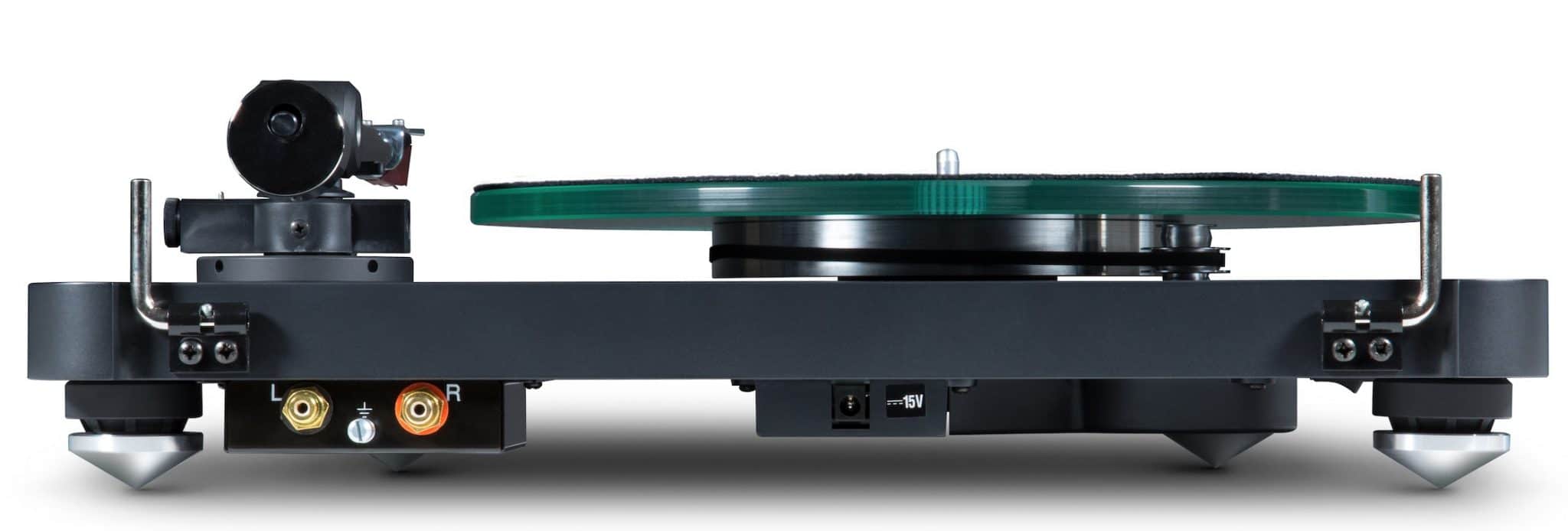
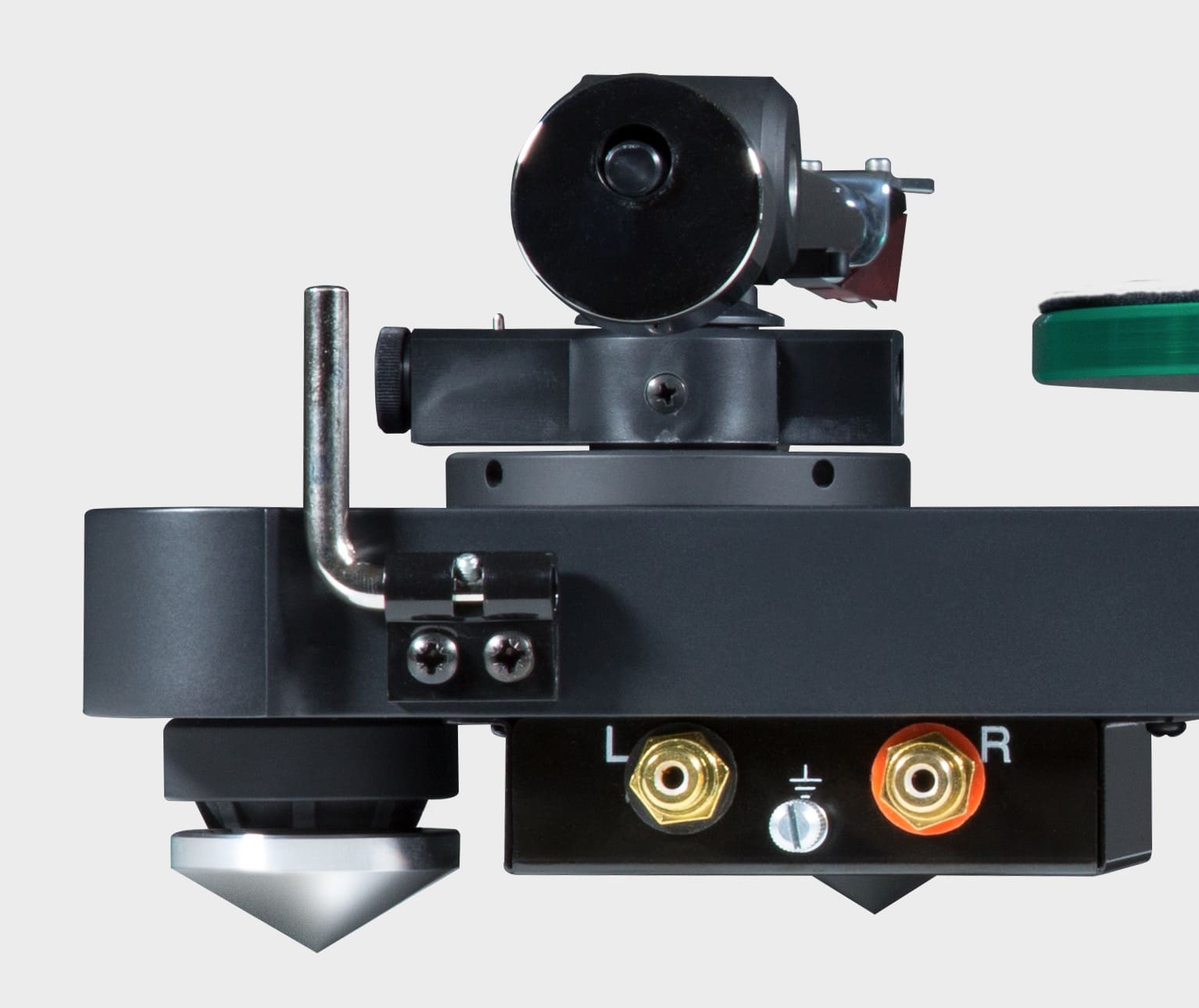
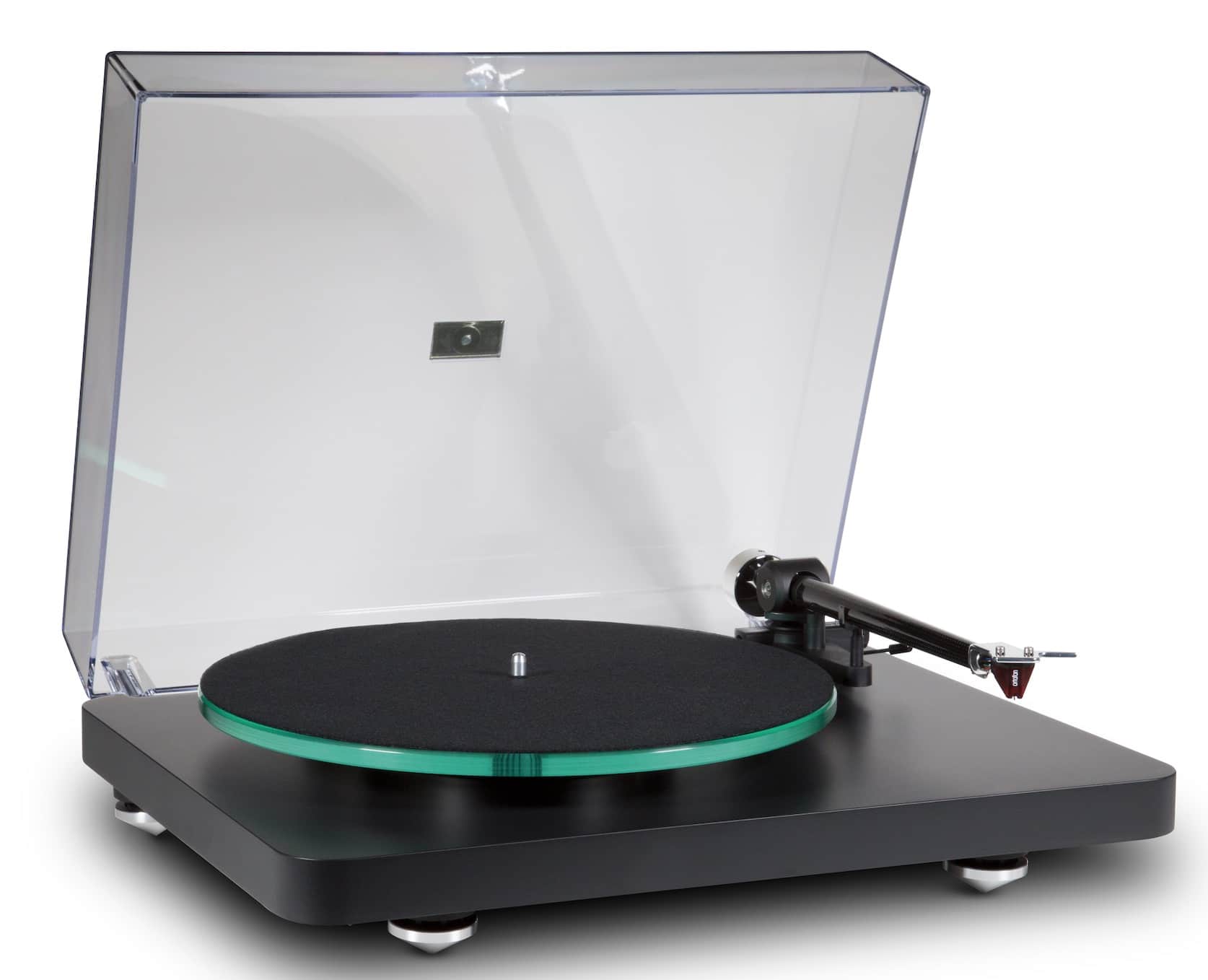
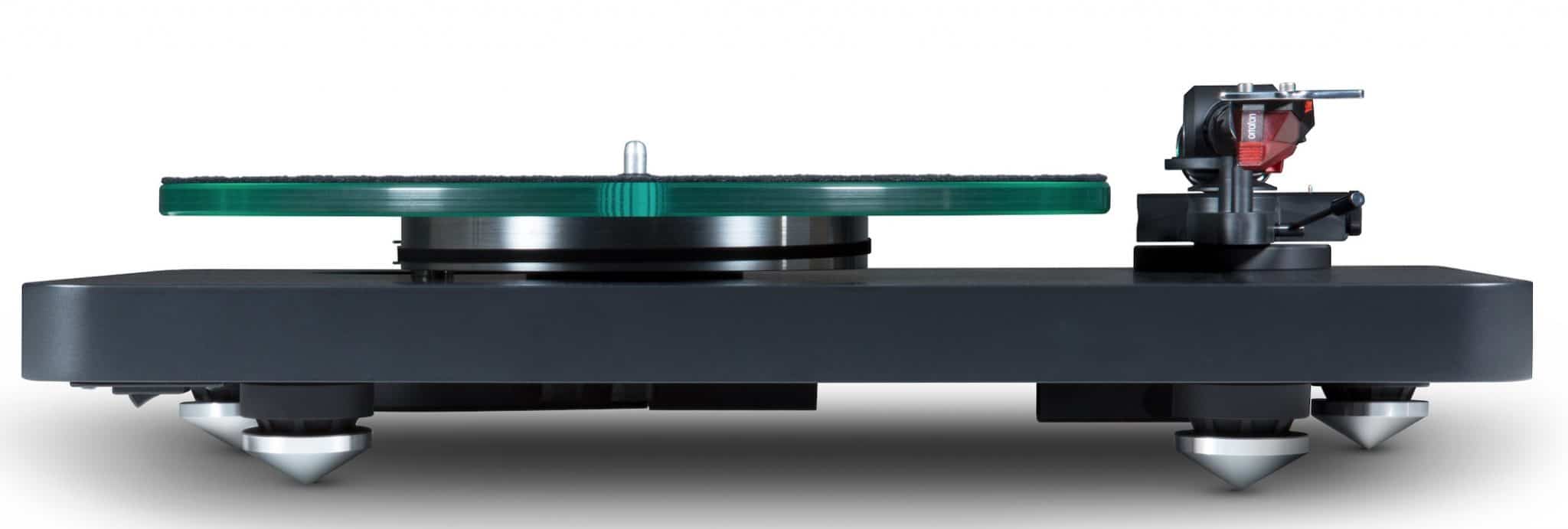
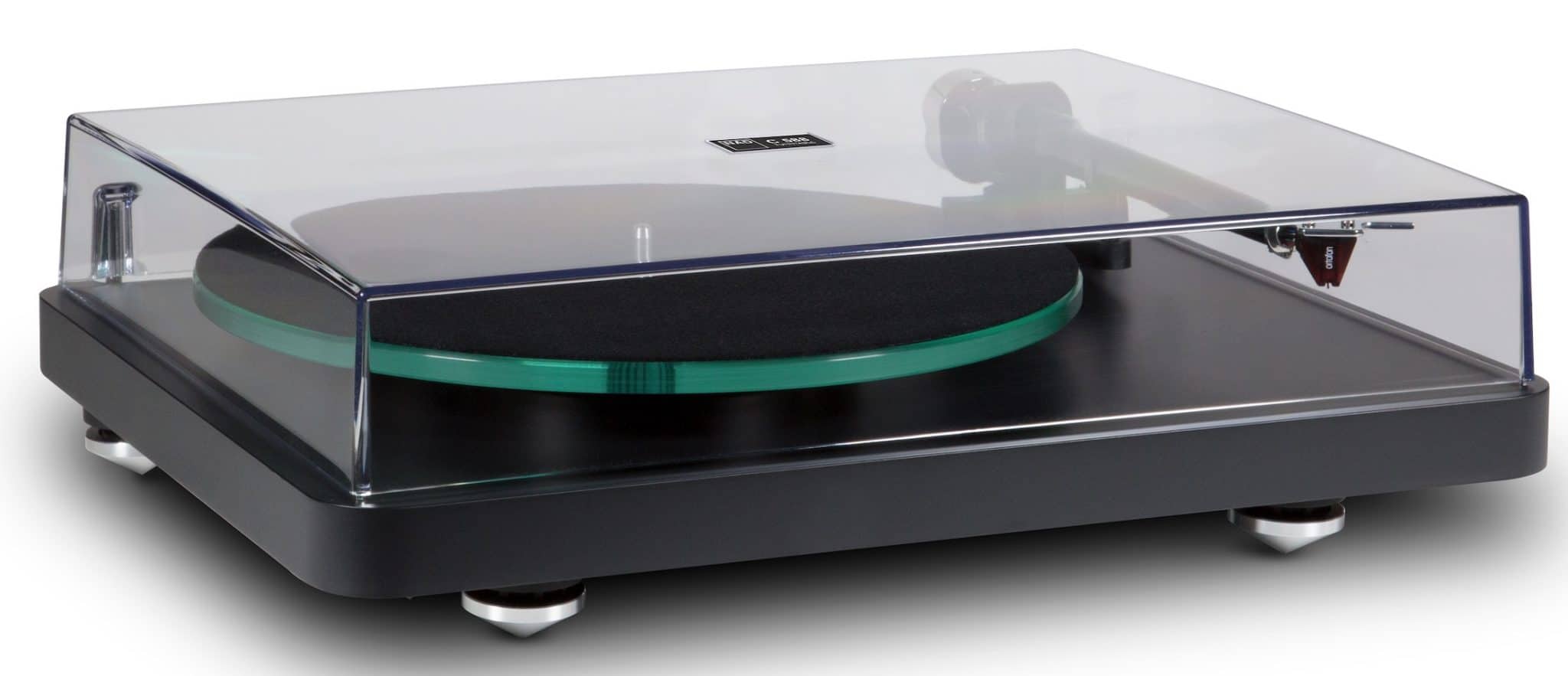


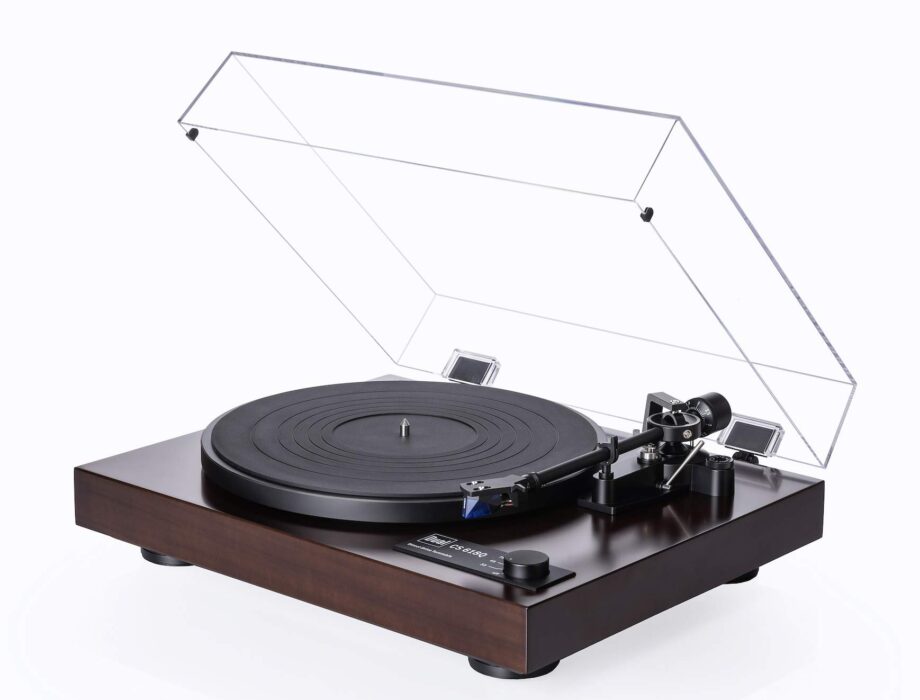
This is one of the turntables I’m considering for a future upgrade to complement my NAD 310 amplifier and NAD PP2e pre-amp. At first, I wasn’t sure if the 588 was just a 558 with a 2M Red cartridge slapped on but your description of the tonearm convinces me that the 588 would be worth the further investment. I also didn’t know that Pro-Ject were involved in the TT design (I think Crosley did a similar thing with their 310). Thank you for the detailed information on NAD’s product design.
I don’t understand your criticism of the glass platter, though. The 558 uses the same platter yet you didn’t list it as a con in your review (just that the TT needed a better cartridge) and why and how would you would you connect the platter to your door bell? I don’t understand the point you’re trying to make.
In my research for the NAD TTs, I tried to find information about glass platters and what advantages and disadvantages they have but such information seems to be very thin on the ground. I would be grateful if you would share any insights you have on the subject.
Hi Simon – glad I could be go help. NAD damp the platter so it doesn’t ring (like a doorbell – a simile, nothing more 🙂 ) but I would have liked to have seen NAD invest in something other than glass for this price point. The final sound is not crippled because of it hence I didn’t mark the rating down, etc.
Hi Paul,
Just noticed the NAD C588 turntable is now £549 . How does the Nad compare with a Rega planar 3.
Kind Regards,
Grant
Sounds like a good deal Grant – you won’t be disappointed if you buy the NAD, put it that way. One of the hidden treasures of turntable design on the market today.
Hi Paul,
Thanks for your reply, just noticed the Funk Firm’s Gett turntable . What would you recommend the NAD c588 or the Gett.
Cheers,
Grant
Hi Grant – the Gett! But you will be spending more cash on that one.
I have had a 588 turntable for about 6 months now and i am well pleased with it. I’ve updated the 2m red via the blue stylus to a 2m bronze cartridge and the sound is excellent the arm like you say is brilliant and I’m glad I bought the nad instead of the rega p3 .
Nice one Gary and good upgrade.
I’ve also fitted a leather platter mat, compared to the felt mat it is superior and less static I’ve also enquired about an aftermarket external motor power supply.
What mat did you use, I want to get one but im not sure which one to get, and do you know of any Platter upgrades I cant find any information for upgrades.
I used everything that came out of the box, Michael because it was a straight review with no upgrades featured. Check out my platter mat reviews of late, they will provide a good overview of mat tech. Platter upgrades? Not off hand. I’d need to do a bit of digging on that one.
Great review!
Any idea if there is an acrylic platter that could be swapped in to replace the standard glass item?
Let me ask NAD for you, Justin and find out. A reply might take some time so please be patient.
Here’s NAD’s reply, Justin, “With regards to the platter of NAD C558 and swapping it out for an acrylic one:
I doubt if there’s any compatible acrylic platters within the Pro-Ject range as these are much thicker than the glass ones (the least thick would be that of the X1 which, at 30mm is almost twice as tall/thick as that of the C558’s glass one). It is possible to adjust the C558’s tone-arm in tracking height (VTA) but I’m pretty sure that the amount of adjustment needed just isn’t there. VTA adjustment is meant to accommodate different cartridges which may differ in height, but this is never more than a few millimetres either way, not like the 5 to 10mm that I think would be needed here.
“Moreover, even if it is possible, it will change the C558‚Äôs sound-character significantly. When designing the C558 a lot of attention was paid to get the right balance in warmth, dynamics, transparency, etc. on which the platter is a large influence. It‚Äôs this careful balance which has been praised by both users and reviewers. Changing the platter will shift this balance significantly and probably for the worse. In short, we‚Äôd advise against it.”